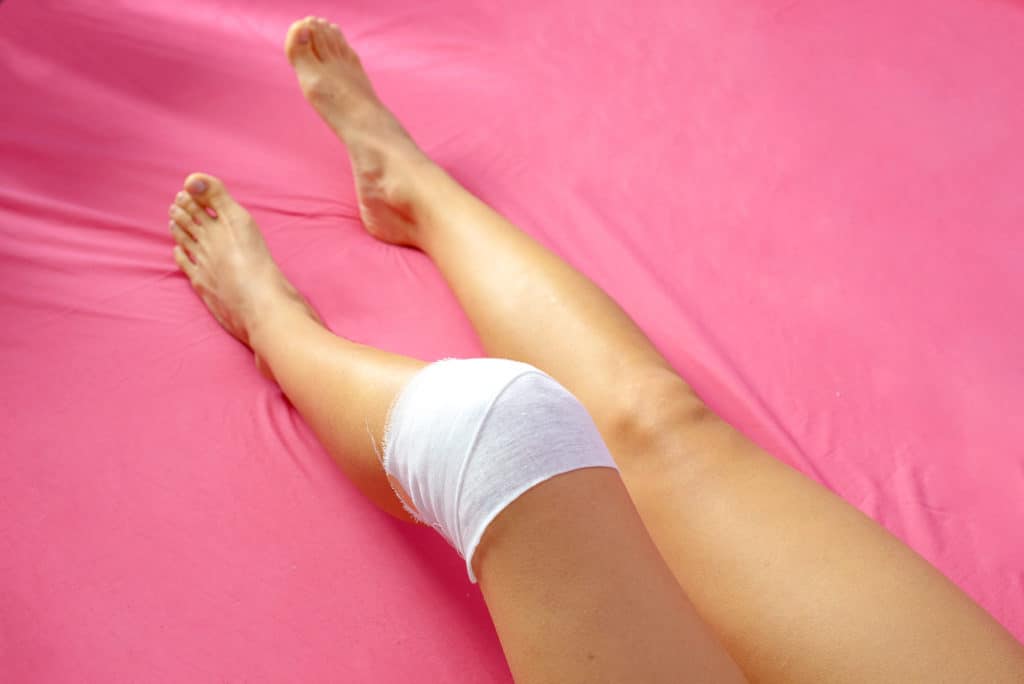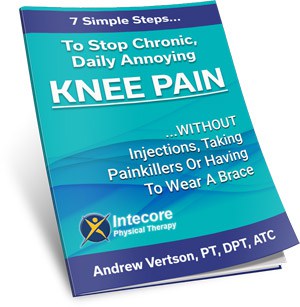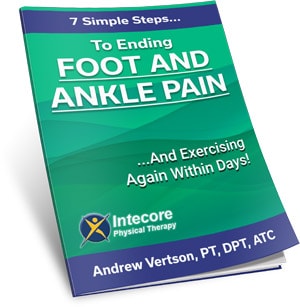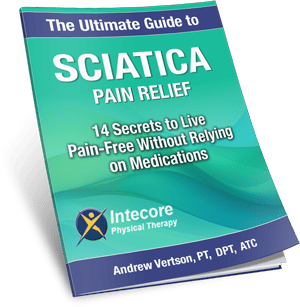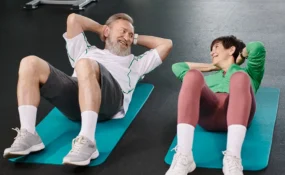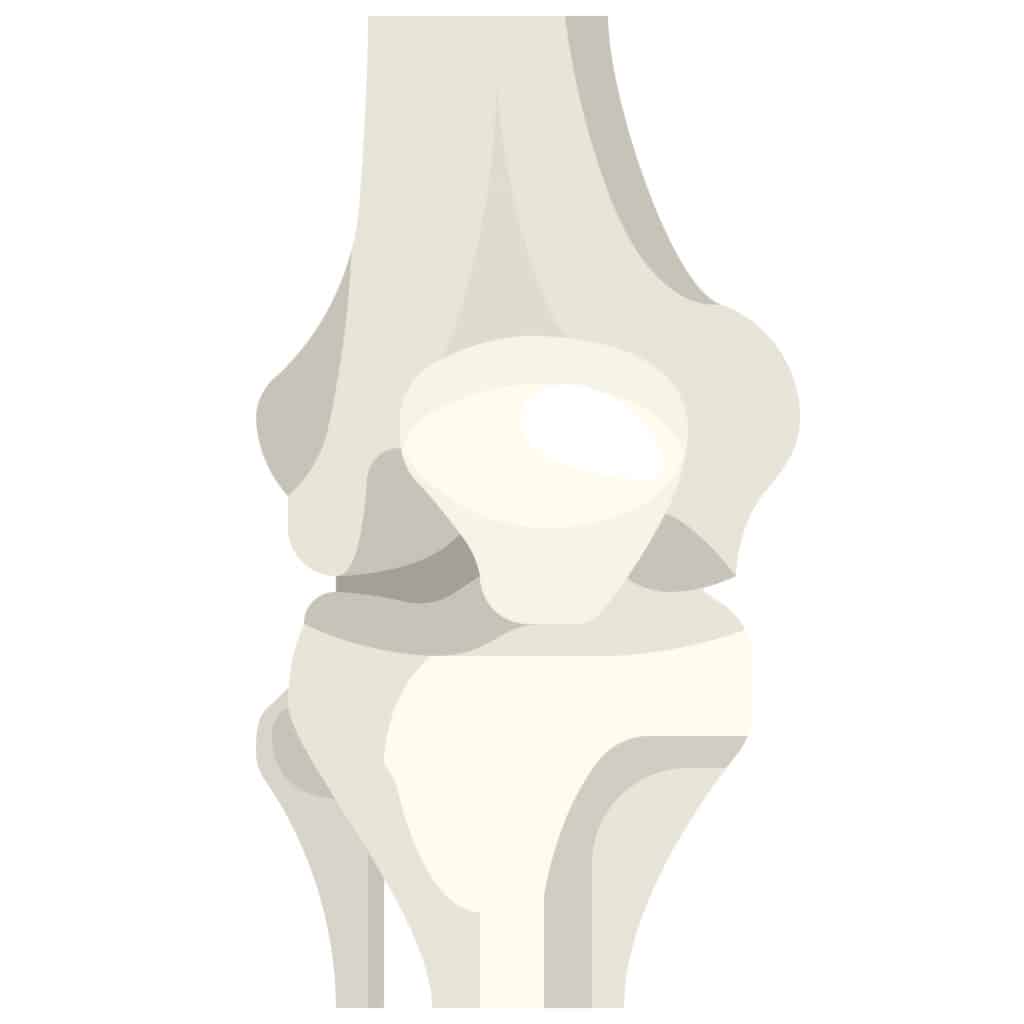
So, after years of pain, you’ve finally booked your knee replacement surgery. You’re looking forward to being pain-free and getting back to all the things you love to do – that your sore knee currently stops you from doing.
- But what happens next, after your surgery?
- Do you have a plan to guarantee good results and speed up your recovery?
One of the most common joints surgeons replace is the knee. This statistic is because they’re under constant strain carrying us through life, twisting and turning, bending, and straightening, jumping, and shock-absorbing impact. But your surgeon doesn’t work alone, or rather they shouldn’t.
The best combination to achieve the very best results from your surgery is to choose a good surgeon, of course. But you should also line up an equally skilled Physical Therapist to pick up where your surgeon leaves off.
Knee Replacements: The Inside Scoop
Knee replacement surgery is always a last resort because although it’s safe – and surgeons perform hundreds of them, it’s still a significant surgery. As a result, doctors usually only recommend a complete knee replacement in the following medical cases:
- A patient suffers damage to their knee due to rheumatoid arthritis, osteoarthritis, a fracture, or any other bone disease. Conditions that cause stiffness, pain, and instability affect their daily lives and are unresponsive to standard treatment methods.
- When patients have alignment issues or chronic knee pain that prevents them from going about their daily routine, or they have a condition that affects their mobility that has not responded to more conservative treatment.
The Surgery
There are two main types of knee replacement surgery. These include:
Total Knee Replacement (TKR)
Also referred to as arthroplasty. Total knee replacement is when both sides of the affected bone/s of the joint (femur, shin bone, patella) are removed and replaced with an artificial substitute part.
These comprise a metal cap at the femur end, with a joined piece of metal within the tibia with a plastic cap to help the knee move smoothly. If needed, your surgeon may also replace the back of the kneecap with a plastic part for smooth movement.
Unicompartmental (Partial) Knee Replacement (TKR)
This procedure is a more minor, less invasive surgery that usually requires a shorter stay in hospital and less recovery time. It is generally performed on younger patients – with a caveat that it will probably need replacing in 10-15 years. During this surgery, the surgeon only replaces part of the knee joint.
Physical Therapy And Knee Replacement Surgery
It’s a great idea to work with a Physical Therapist before and after your knee replacement surgery. We have the required expertise to help you return to your regular pre-surgery routine quickly and safely.
Physical Therapy: Before Knee Replacement Surgery
One of the main reasons for getting Physical Therapy before your surgery is that studies suggest that you recover more quickly after the op when you’re in good physical shape with good muscle tone.
They resume normal knee movement and function quicker. However, we appreciate that this is difficult when you have chronic knee pain. So your physical therapist can help you with a set of prescribed exercises that strengthen the muscles surrounding your knee without causing further injury or pain.
Before your surgery, your physical therapist may:
- Suggest movements and exercises that improve flexibility and strength of the knee joint and the muscles in the surrounding area.
- Demonstrate how you’ll walk after surgery using walking aids like a walker.
- Advise you how to adapt at home, like walking on carpets that could get a leg stuck when using an assistive device. Techniques for using a chair so that you can sit without any need to squat, and how to pick up things from the floor, etc. Learning all these things before surgery makes it much more convenient to adapt after the procedure.
Some other points to consider before knee replacement surgery:
Quit smoking: Anything you can do to improve your physical health before knee replacement surgery is beneficial – and quitting smoking is a big one. If you’re struggling to quit, seek help from a professional therapist. This positive extra step aids healing and can help you recover quicker after surgery.
Weight loss: If weight is an issue for you, your surgeon may suggest weight loss before knee replacement surgery. Losing weight also takes some of the pressure off your legs/knees so that you can protect the longevity of the new joint.
Physical Therapy: After Knee Replacement Surgery
After knee replacement surgery, working with a physical therapist helps you recover your everyday movement and knee functionality quickly. It’s nice to have before surgery. But it’s imperative afterward to make sure your knee heals well with no complications, and you build protective strength in the muscles surrounding the new joint.
Your PT will create an individualized treatment plan to take you from surgery right through to running, jumping, swimming, or whatever it is you want to do.
Initially, your stay in the hospital might be a few days after the procedure. Or you may even get out the same day, subject to your condition and the type of knee replacement surgery you have. In addition, patients with other medical issues like heart disease, kidney disease, or diabetes might need to remain in the hospital under observation for a little longer. But while you’re in the hospital, you should have access to a physical therapist who will:
- Advise you on compression stockings or bandages, keeping the leg elevated, and how to apply ice to help the healing process.
- Demonstrate how to get in and out of bed, a chair, the car, and how to use a walker or crutches. This practical advice may include special breathing exercises and other techniques to help you relax before you move to prevent injury or pain.
- They will also continue helping you to perform the strengthening and flexibility exercises you learned before the surgery.
When you get out of the hospital and during the first fortnight after your surgery, the main objective of Physical Therapy is pain management and reducing inflammation to speed up the healing process. Then we move on to get you walking and performing gentle stretching exercises.
After the first 2-weeks, we customize the movement exercises – gradually increasing your muscle strength and improving your balance without crutches or walker support. You’ll also do activity-based exercises to help you to return to your pre-surgery life and favorite activities as quickly as possible.
Everything is individual to you, but your physical therapy sessions after your knee replacement surgery will probably include:
Movement exercises: Because of pain and swelling, your post-surgery movement is likely to be restricted. So, your PT will teach you a range of movements to improve motion and mobility.
Muscle strengthening: After knee replacement surgery, the lower leg and thigh muscles can become weak due to the surgery or consequent bed rest. Your PT will suggest muscle strengthening movements to remedy this.
Body awareness and restoring balance: Specific exercises help the muscles to adjust and respond to changes in the surroundings, like walking on uneven ground. Once you are okay with resting your total weight on the knee (without any pain), we introduce further exercises to improve agility along with balance-based activities. These help in balance restoration and knee control. Your PT will decide the exercise schedule based on your age, overall health, examination of the knee, and the speed of your recovery.
Functional training: Once you can walk without any pain in the knee, your PT may add more activities that are part of your routine. These could be like climbing steps, going up and down the escalator, crossing a street with traffic, etc. But, again, we tailor these on your recovery levels and a thorough physical examination along with overall health.
Activity-based training: Your PT may also add additional rehabilitation movements to help with your job-specific requirements or sports activities. We do this type of training after discussing your specific needs and creating a customized program for your personal activity-based needs. Being able to return to sports and more strenuous activities differs from patient to patient. Your Physical Therapist will take a call on that, depending on your overall fitness, pain levels, and other symptoms.
Book A Free Consultation with a Specialist Physical Therapist
At Intecore Physical Therapy, we’re an outpatient orthopedic and sports medicine rehabilitation specializing in post-surgery rehab. For example, we help knee replacement surgery patients get back on their feet – fast.
So, if you want to get everything lined up ready for your surgery – with pre- and post-surgery physical therapy, we offer a unique opportunity to come and meet with us.
Meet your PT and view our facilities before you commit to any treatment at a Discovery Visit. There is no financial outlay on your part until you’re satisfied that we’re the right physical therapy office for you.
- 7 Ways to Get Rid of Tension Headaches Naturally - July 1, 2025
- Why Are My Feet Swollen? Common Causes Explained - June 2, 2025
- What Is Restless Leg Syndrome? Symptoms, Causes, and Relief Options - May 5, 2025





